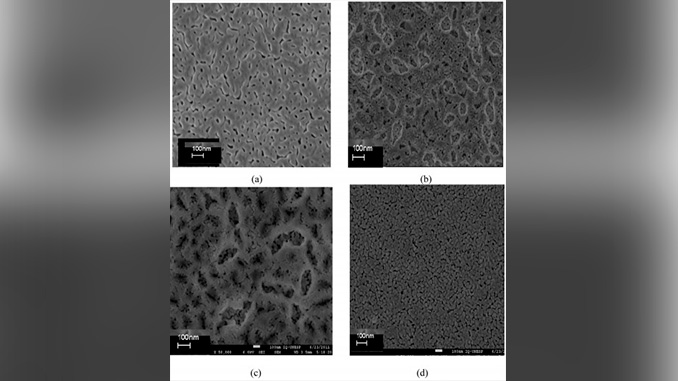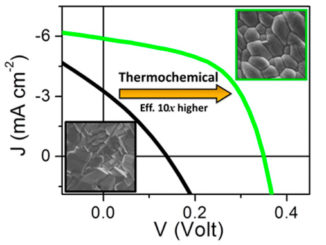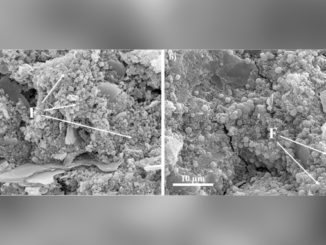
Writers: L.V. Costa, R.C. Deus, CesarR. Foschini, Elson Longo, Mário Cilense, Alexandre Z. Simões
Keywords: Ceramics; Thin films; Coatings; Chemical synthesis
Abstract: Calcium (Ca)-doped bismuth ferrite (BiFeO3) thin films prepared by using the polymeric precursor method (PPM) were characterized by X-ray diffraction (XRD), field emission gun scanning electron microscopy (FEG-SEM), transmission electron microscopy (TEM), polarization and piezoelectric measurements. Structural studies by XRD and TEM reveal the co-existence of distorted rhombohedral and tetragonal phases in the highest doped BiFeO3 where enhanced ferroelectric and piezoelectric properties are produced by internal strain. Resistive switching is observed in BFO and Ca-doped BFO which are affected by the barrier contact and work function of multiferroic materials and Pt electrodes. A high coercive field in the hysteresis loop is observed for the BiFeO3 film. Piezoelectric properties are improved in the highest Ca-doped sample due to changes in the crystal structure of BFO for a primitive cubic perovskite lattice with four-fold symmetry and a large tetragonal distortion within the crystal domain. This observation introduces magnetoelectronics at room temperature by combining electronic conduction with electric and magnetic degrees of freedom which are already present in the multiferroic BiFeO.




